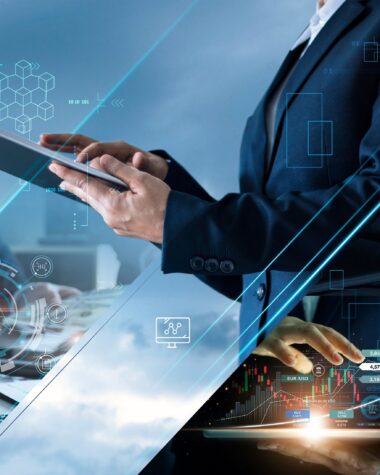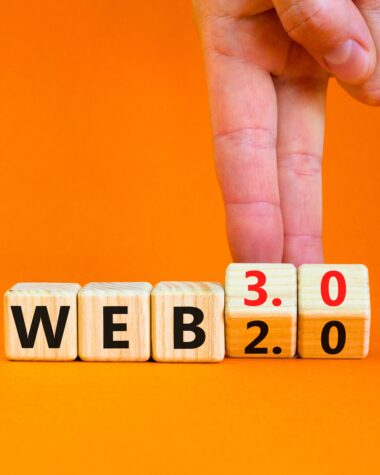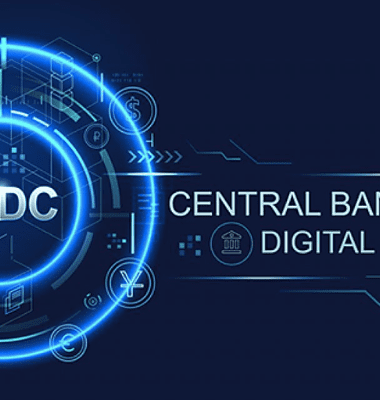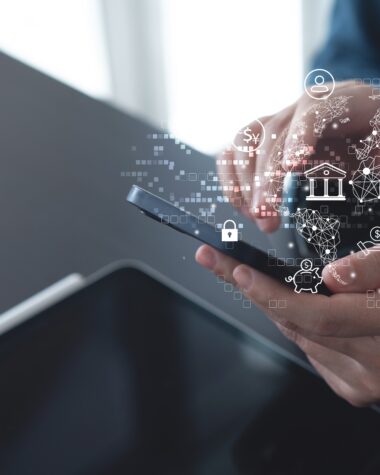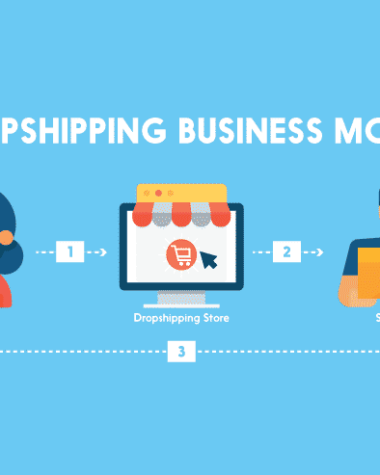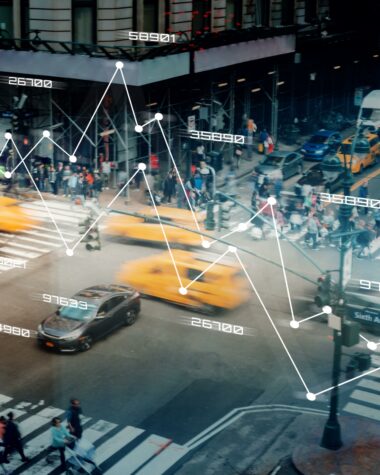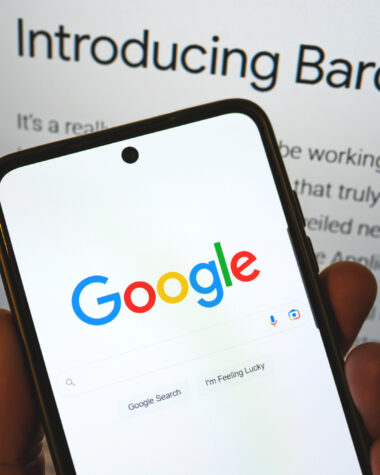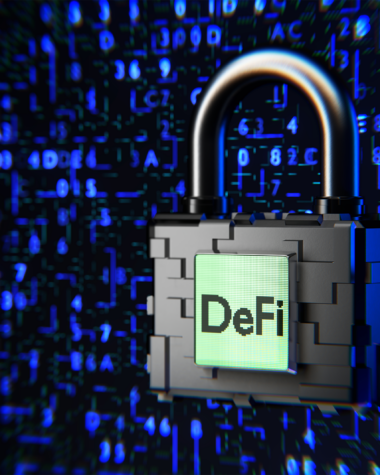In the realm of technological innovation, the concept of a “digital twin” has emerged as a powerful tool with the potential to revolutionize industries and processes. But what exactly is a digital twin, and how does it function? Let’s dive in and explore this fascinating concept.
What is a Digital Twin?
At its core, a digital twin is a virtual replica of a physical object, system, or process. It’s a dynamic, digital representation that mirrors its real-world counterpart in real time. This virtual counterpart can be as simple as a digital model of a single component or as complex as a comprehensive simulation of an entire factory or city.
How Does it Work?
The magic of a digital twin lies in its ability to collect and analyze data from its physical counterpart using sensors, cameras, and other data sources. This data is then fed into the digital twin, allowing it to mimic the behavior and performance of the real-world entity. This real-time synchronization enables engineers, designers, and operators to gain valuable insights, make informed decisions, and optimize processes.
Applications Across Industries
The versatility of digital twins has led to their adoption across a wide range of industries, including:
- Manufacturing: Digital twins can be used to simulate and optimize production processes, identify bottlenecks, and improve product quality.
- Healthcare: Digital twins of patients can be used to personalize treatment plans, monitor health conditions, and predict disease progression.
- Construction: Digital twins of buildings can be used to streamline construction processes, improve energy efficiency, and enhance safety.
- Transportation: Digital twins of vehicles and infrastructure can be used to optimize traffic flow, improve maintenance, and enhance safety.
- Energy: Digital twins of power grids can be used to optimize energy distribution, predict outages, and improve resilience.
Benefits of Digital Twins
The implementation of digital twins can yield a plethora of benefits, including:
- Improved efficiency: By simulating and optimizing processes, digital twins can help organizations reduce costs, improve productivity, and enhance efficiency.
- Enhanced innovation: Digital twins can be used to test new ideas and concepts in a safe and controlled environment, fostering innovation and accelerating product development.
- Predictive maintenance: By monitoring the health and performance of physical assets, digital twins can help predict maintenance needs and prevent costly downtime.
- Risk mitigation: Digital twins can be used to simulate and analyze potential risks, enabling organizations to take proactive measures to mitigate them.
The Future of Digital Twins
As technology continues to advance, the capabilities of digital twins are expected to expand further. We can anticipate the integration of artificial intelligence and machine learning, enabling digital twins to become even more intelligent and autonomous. This will open up new possibilities for optimization, prediction, and decision-making.
Conclusion
Digital twins are a powerful tool that can transform the way we design, build, operate, and maintain physical assets and systems. By bridging the gap between the physical and digital worlds, they offer a glimpse into the future of innovation and efficiency. As we continue to explore the potential of digital twins, we can expect to see even more groundbreaking applications emerge in the years to come.




